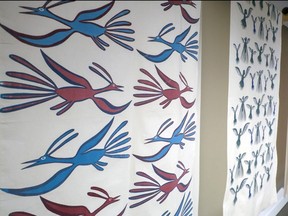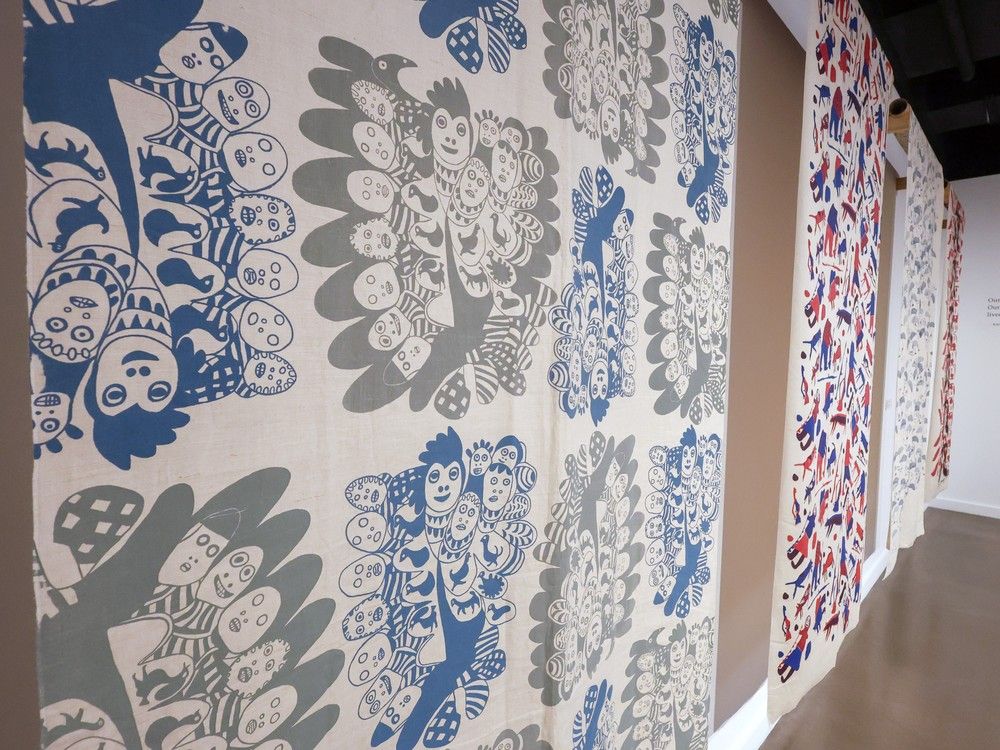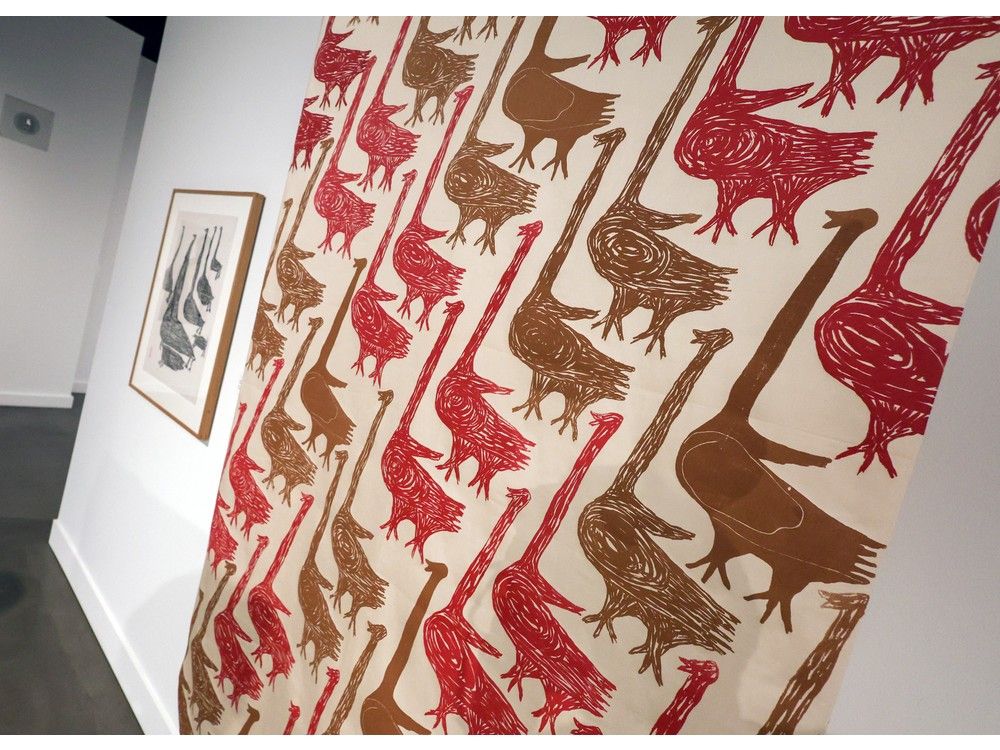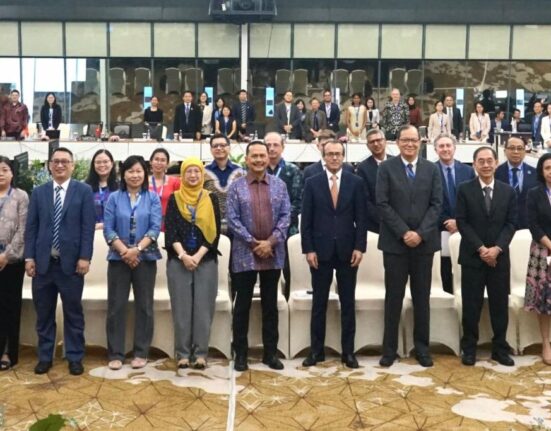
Reviews and recommendations are unbiased and products are independently selected. Postmedia may earn an affiliate commission from purchases made through links on this page.
Article content
In 1957, a group of Inuit artists got together in what is now Kinngait, Nunavut, to earn extra money
It was a period of massive social change in the area, particularly for the Inuit. They were moving into settlements, forced to give up hunting and depending on store-bought food for the first time. Their traditional language and relationship to the land were forever altered.
Advertisement 2
Article content
Article content
So this initiative was meant to be a practical exercise, a way for Inuit artists to produce work in the north that could be sold in other parts of North America and Europe.
At first, it was a loose-knit group that met in an Inuit hamlet on Dorset Island, a community known as Cape Dorset until changing its name to Kinngait in 2020. But within two years, the artists came together formally as the West Baffin Cooperative. It’s an organization that still exists today in Kinngait as a studio, producing and promoting new printmaking works by Inuit artists.
It was Canadian artist James Houston who introduced printmaking to the Inuit community in ’57. Alongside paper printmaking, which would eventually prove popular and successful, the artists also experimented with graphic textiles. For a decade, these artists produced a bold and colourful body of work in fabric that remained largely undiscovered until recently.
By 1968, the cooperative shut down its fabric-printing efforts. Many of the fabrics were boxed, put in storage and all but forgotten.
In 2016, the cooperative invited Roxane Shaughnessy, lead curator of Toronto’s Textile Museum of Canada, to take a look at the work.
Article content
Advertisement 3
Article content

“We were blown away to see them,” she says. “It was just a remarkable experience.”
Roughly 200 pieces were eventually shipped from the collection to the Toronto museum. That eventually led to the exhibition, Printed Textiles from Kinngait Studios, which is currently on display in Calgary at the Edison. The bulk of the exhibit, which first opened in Toronto in 2019, is made up of work by 20 Inuit artists who worked in the early days of the cooperative.
“We started doing the research and that involved quite a lot of consultation from people who have worked with Inuit art, but also we were very determined that the voices of the Inuit community would be involved in the process,” Shaughnessy says. “We wanted to talk to them and find out more about their relationship with these fabrics. That proved to be a significant part of the exhibition. I travelled up to Kinngait a couple of times and brought the images of the works and (attended) a couple of gatherings with community members and showed them the photos and what we had discovered. That proved to be a really fascinating experience because a number of them recognized their relatives as the artists, who were deceased, but they saw their name attributed to some of the fabrics.”
Advertisement 4
Article content
The exhibition, which also showcases black and white photos of some of the textiles being created, features 40 pieces from the collection and is meant to act as a bridge from the past to the present of Inuit art, not only for those currently working in the collective but for the broader community. Along with the pieces from the 1950s and 1960s, there will also be work by current Inuit fashion designers Tarralik Duffy of Ugly Fish, Martha Kyak of InukChic and Nooks Lindell of Hinaani Design that show the legacy of these bold textiles.
While the original pieces were created to capitalize on the artist-designed textiles that were popular in North America and Europe at the time, the pieces maintain the aesthetics of Inuit artists.

“That’s one thing that is really amazing about these pieces is that they incorporate a lot of Inuit stories, ways of life, animals, birds,” Shaughnessy says. “They are hugely connected with the environment in the designs. There are some that are a little bit abstract and I don’t know really where that inspiration came from, but they largely really reflect the life at the time and the importance of the culture to them and the environment and the spirit world as well, and how close they were to that.”
Advertisement 5
Article content
Paper printmaking has remained central to the West Baffin Cooperative for nearly 65 years, earning it a worldwide reputation for longevity as the longest-running print studio in Canada and for its limited-edition prints.
But until recently, this fabric collection had remained a little-known treasure trove. The pieces were marketed and sold but largely fell off the radar during that 10-year period.
“That is a really big part of this project, bringing that story back to the community . . . and making it available for people that are there now to see and become aware of what was going on,” Shaughnessy says. “But the place and importance of these textiles in the actual history of Inuit art has never really been recognized. So this exhibition is attempting to shine a light on this amazing work and hoping that more visibility and awareness of them will change that and make people more aware.”
Printed Textiles from Kinngait Studios will be on display at Glenbow at the Edison until March 3.
Article content







